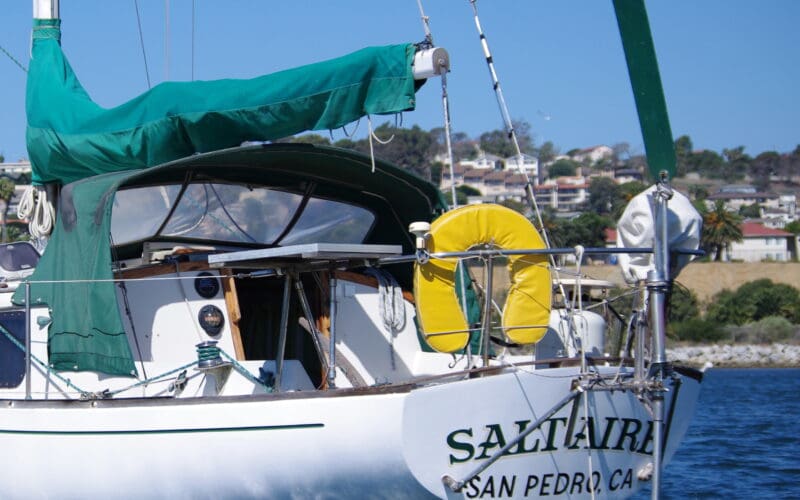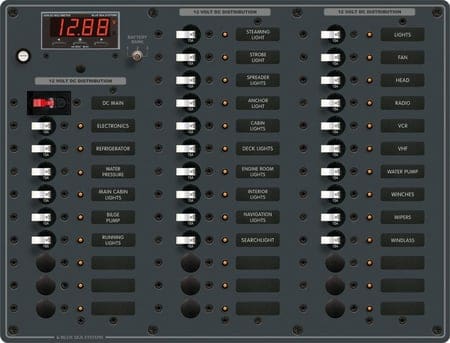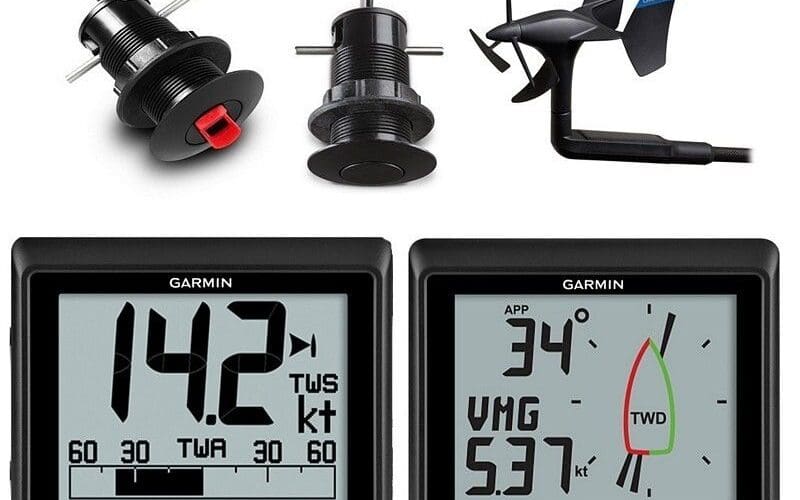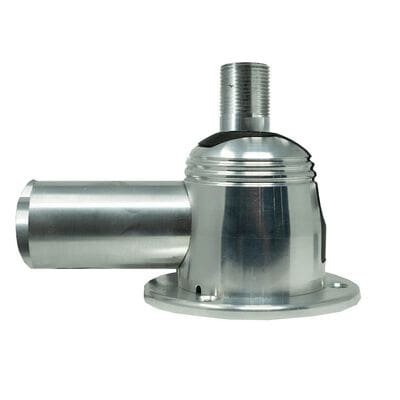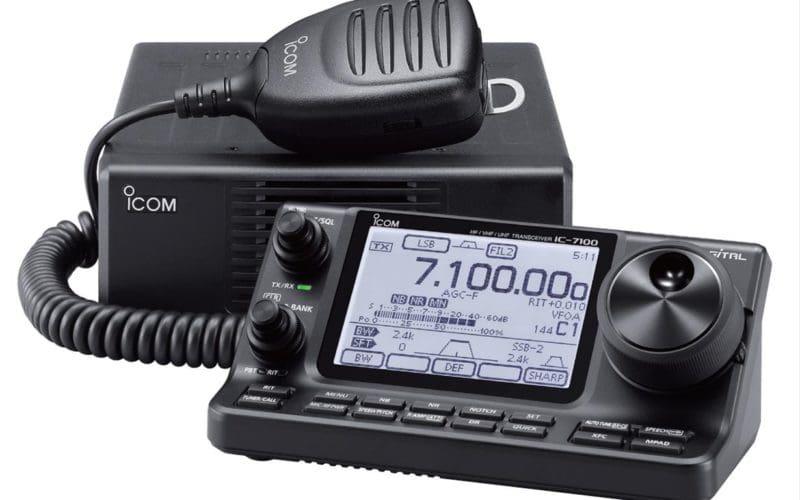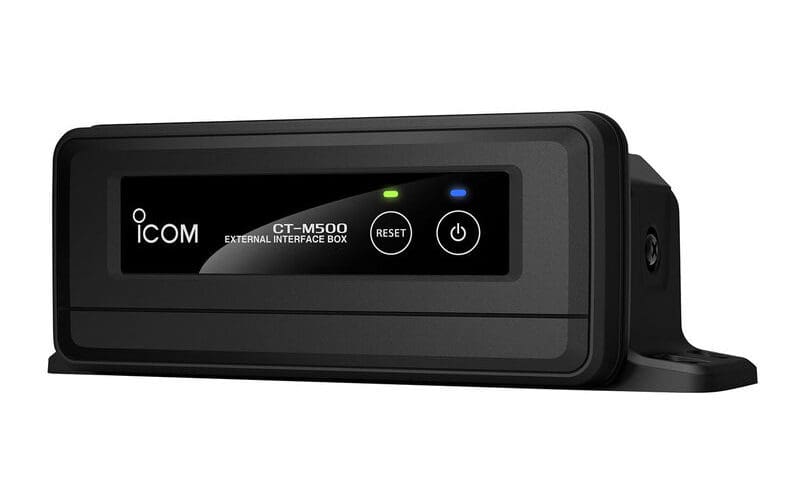23
Jan
by Bill Morris No matter how hard the wind blows, a windvane self-steering system is your vessel’s round-the-clock helmsman. So it makes good sense to maintain the vane gear in top condition at all times. Performing the following procedures will keep your windvane steering system functioning properly with fewer hassles and will aid you in making major repairs in the unlikely event that something goes awry while under sail. Inspection Your predeparture checklist starts with checking all fasteners, which should be snug, particularly at the mounting brackets. Large rings of brown rust around bolt heads or nuts indicate a loose…

